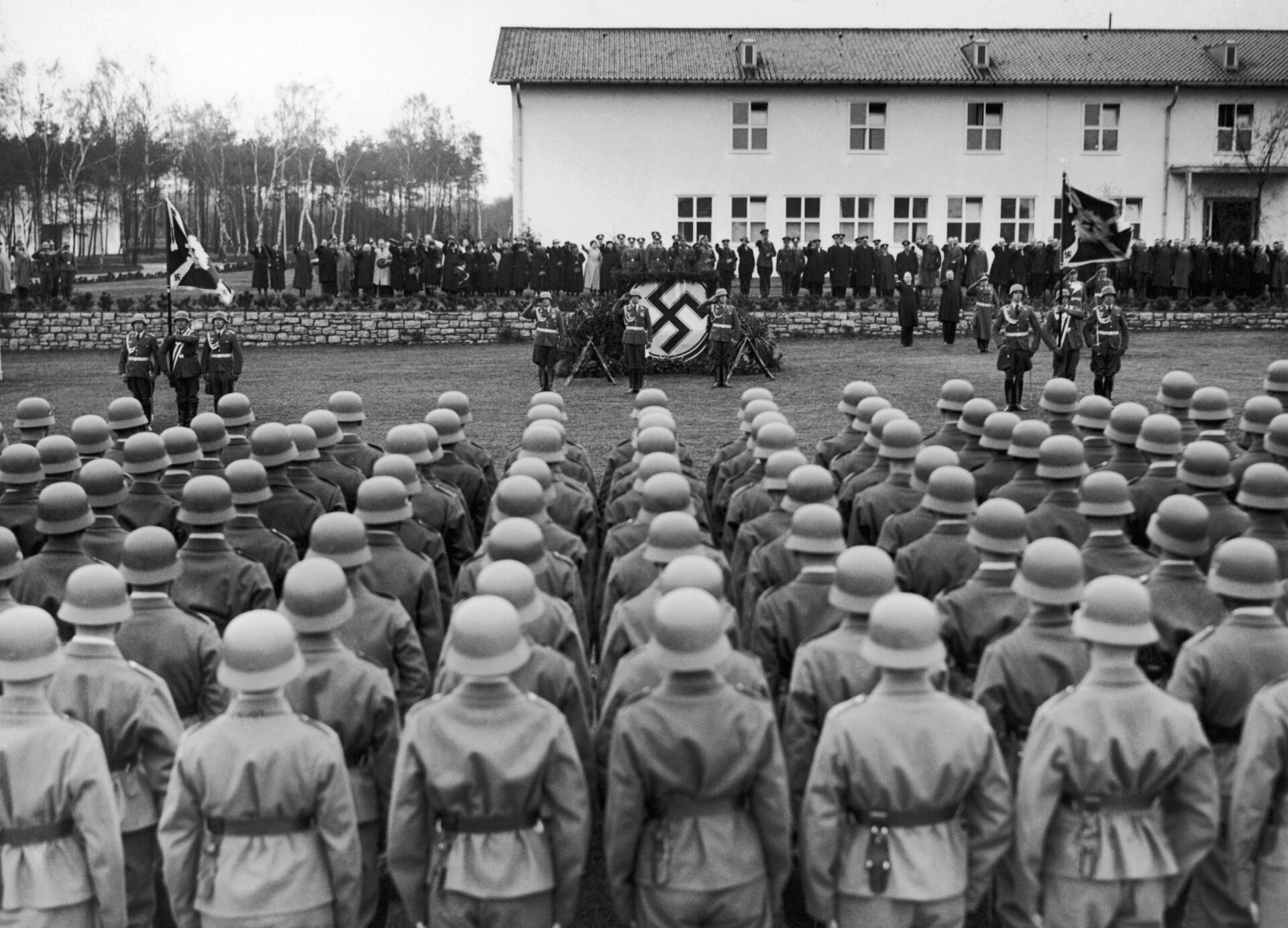Some historians today consider the time between the two world wars as simply a twenty-year truce. Yet the 1920s had offered hope for peace, as shown by the Locarno spirit. This hope was dashed by the Great Depression that helped put Hitler in power.
Between 1918 and 1938 Soviet leaders shifted their view on the likelihood of a world communist revolution. Hitler’s successful rise to power in Germany posed a threat to the Soviet Union. Stalin tried to counter this threat by negotiation. Both the West and the Soviet Union sought to turn Hitler’s aggression against the other.
The period from 1931 to 1939 was marked by various international crises, each of which moved the world closer to war. The major crises included: Japan’s seizure of Manchuria (1931); German rearmament (1935-1936); Italian invasion of Ethiopia (1935); German and Italian intervention in the Spanish Civil War (1936-1939); Japanese invasion of China (1937); the Anschluss with Germany (1938); the dismemberment of Czechoslovakia (1938-1939); and the German invasion of Poland (1939)—the final crisis that forced Britain and France to abandon the policy of appeasement.
In September 1939 Germany was ready for war. Hitler had reached an accord with Stalin that gave Germany security from war on two fronts. In the opening stages of the war, the German blitzkreig resulted in a string of victories that gave the Axis powers control of much of western Europe. The use of aerial bombardment brought civilians into the front line of war.
Germany was drawn into the Balkans and the eastern Mediterranean in an effort to weaken Britain by cutting its route to India. In 1941 Hitler also attacked the Soviet Union. The Japanese attack on Pearl Harbor brought the United States into the war. BV the spring of 1942 Japanese expansion in Asia and the Pacific had reached its height.
The turning point in the war came in 1942. In the Pacific, the battle of the Coral Sea prevented the Japanese invasion of Australia. The successful North African campaign (1942-1943), the Soviet defense of Stalingrad, and the Allied success in maintaining its supply lines forced the Axis powers on the defensive in 1943. The end of the war in Europe in 1945 revealed the full horrors of extermination camps and opened the controversy over how the Holocaust had been allowed to happen.
In the Pacific, American and Allied forces moved against Japan on several fronts. Finally, the Americans decided to use the newly developed atom bomb to prevent the heavy casualties that would be involved in an attack on the Japanese home islands.
When the war ended there was still no peace. Between 1945 and the 1970s a cold war raged between the Soviet Union and its former ally, the United States. Local wars of liberation were fought in European colonies; wars broke out in the Middle East, Southeast Asia, Cuba, and Central America. In China, the civil war ended in a communist victory.
Efforts to ease cold war tensions failed. The United Nations, successor to the League of Nations, tried to deal with threats to peace but had no authority over its members. The UN did, however, provide effective technical aid to new nations and offered a forum for debate on international issues.
During the cold war, the United States pursued a policy of containment. But when it perceived diversity in the communist world, it encouraged liberalizing trends in eastern Europe. After Stalin’s death and Khrushchev’s denunciation of Stalin, a split developed between the Soviet Union and China’s communist leader, Mao Zedong. The Soviet Union and the PRC vied for influence over communist parties in Africa, Asia, and Latin America.
In Vietnam, Ho Chi Minh, leader of the communist North, received aid from the PRC. The South Vietnamese government was helped by the United States. The United States was increasingly drawn into the conflict between North and South Vietnam. In the 1960s the war spread to Laos and Cambodia. After antiwar protests intensified in the United States, a cease-fire was negotiated in early 1973. By 1975 Vietcong and North Vietnamese forces had defeated South Vietnam. With the end of the war in Vietnam came a marked, if temporary, decline in cold war tensions.

